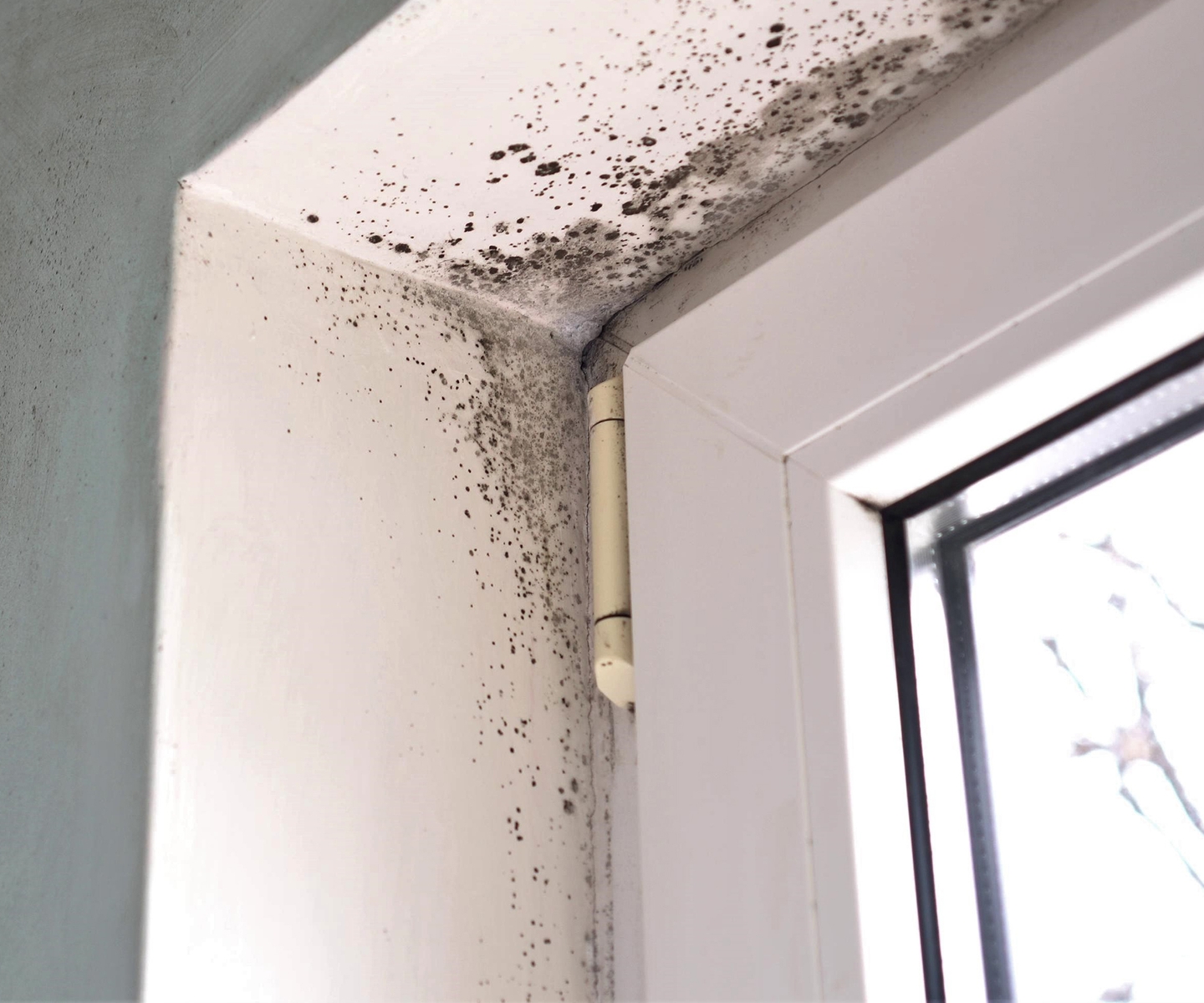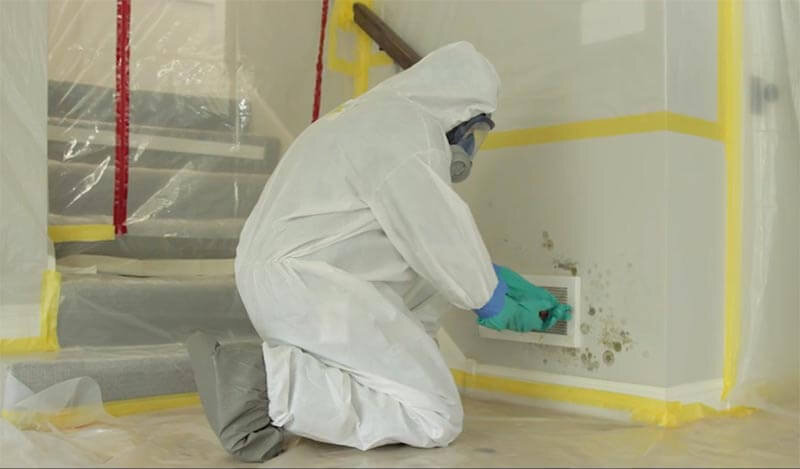Your Ultimate Guide to Article Mold And Mildew Remediation Techniques
In the aftermath of mold and mildew problem, understanding how to successfully remove the mold and mildew and prevent its reoccurrence is paramount for preserving a healthy and balanced interior environment. From selecting the right cleaning and decontaminating techniques to applying strategies for long-term mold avoidance, each action in the remediation trip plays an important role in making certain an effective end result.
Comprehending Post-Mold Removal Process
After completing the mold remediation process, it is important to recognize the post-mold remediation strategies that are essential to ensure a effective and thorough cleaning. When the mold has been removed, the next step involves cleansing and disinfecting the influenced areas to stop any type of regrowth of mold. This consists of using specialized cleaning agents to wipe down surfaces and kill any kind of remaining mold spores. It is vital to dry the area totally to inhibit the development of mold and mildew in the future (Post Mold Remediation Report). Correct air flow and dehumidification can aid in this procedure.
Additionally, performing a final examination post-remediation is important to make certain that all mold and mildew has been effectively eliminated. This evaluation ought to entail a detailed visual check in addition to possibly air tasting to verify the lack of mold and mildew spores airborne. Extra remediation may be essential if the evaluation exposes any sticking around mold and mildew. Enlightening passengers on precautionary steps such as managing moisture degrees and without delay dealing with any type of water leaks can help keep a mold-free environment.
Effective Cleansing and Decontaminating Approaches

Protecting Against Future Mold Development

Significance of Correct Ventilation
Appropriate ventilation plays an essential role in protecting against wetness build-up, a crucial consider mold development within interior atmospheres. Reliable air flow systems assist eliminate excess humidity from the air, reducing the possibilities of mold and mildew spores locating the moisture they need to sprout and spread. Without adequate ventilation, interior rooms can become a reproduction ground for mold, bring about prospective health and wellness threats and structural damages.
By guaranteeing proper air flow, air flow systems can additionally aid in drying out damp locations faster after water damages or flooding occurrences, even more deterring mold and mildew growth. Post Remediation Inspection near me. In rooms like bathrooms, cooking areas, attic rooms, and basements where wetness levels often tend to be higher, installing and keeping effective ventilation systems is essential in avoiding mold and mildew infestations

Surveillance and Maintenance Tips
Given the important function that correct ventilation plays in avoiding mold and mildew development, it is critical to establish reliable tracking and upkeep tips to make sure the continued functionality of air flow systems. Surveillance moisture levels within the property is likewise critical, as high humidity can add to mold and mildew growth. By remaining conscientious and aggressive to the problem of air flow systems, home owners can efficiently alleviate the threat of mold regrowth and keep a healthy interior environment.
Conclusion
In final thought, post-mold remediation strategies are necessary for making certain a clean and risk-free atmosphere. Understanding the process, implementing effective cleansing and decontaminating approaches, avoiding future mold development, preserving appropriate ventilation, and regular tracking are all important action in the removal procedure. By complying with these standards, you can successfully remove mold and prevent its return, working or advertising a healthy and balanced living space for all owners.
In the after-effects of mold problem, knowing just how to efficiently eradicate the mold and mildew and prevent its reoccurrence is paramount for keeping a healthy interior atmosphere. Once the mold has actually been eliminated, the next step includes cleansing and decontaminating the impacted areas to prevent any regrowth of mold and mildew - testing air quality after mold remediation. After removing visible mold and mildew growth, it is critical to clean all surface areas in great site the affected area to get rid of any kind of continuing to be mold spores. To better enhance mold prevention actions, it is important to attend to underlying concerns that initially led to mold advancement.Provided the essential role that proper ventilation plays in protecting against mold growth, it is critical to develop effective tracking and maintenance ideas to ensure the continued performance of air flow systems